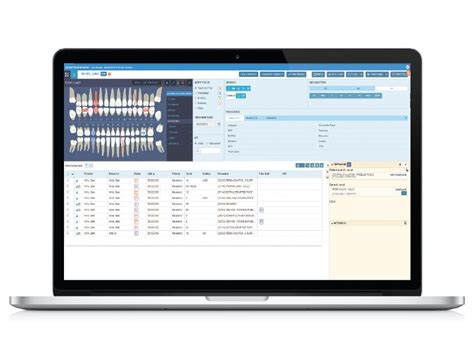Dental Records Transfer: Budget-Friendly Solutions
Moving can be stressful, and transferring your dental records shouldn't add to the burden. The cost of transferring dental records can vary, but there are several budget-friendly solutions available to ensure a smooth transition to your new dentist. This guide outlines various methods and tips to minimize expenses while maintaining access to your crucial dental history.
What are the Costs Involved in Transferring Dental Records?
The cost of transferring dental records isn't always straightforward. Some dentists offer free transfers, while others charge a fee, which can range from a few dollars to several tens of dollars, depending on the volume of records and the method of transfer. Factors influencing the cost include:
- Method of transfer: Physical mailing is usually the cheapest option, while electronic transfers may incur a small fee, depending on the dentist's policy and whether they utilize specialized software.
- Record volume: Larger, more extensive records may require more time and effort to process, potentially leading to higher fees.
- Dentist's policy: Each dental practice has its own fee structure, so it's crucial to inquire directly about their policy before requesting a transfer.
Budget-Friendly Ways to Transfer Your Dental Records
Let's delve into practical and affordable methods:
1. Requesting a Direct Transfer from Your Previous Dentist
The most straightforward and often the cheapest approach is to directly request your dental records transfer from your previous dentist. Many dentists will transfer records electronically or via mail at no cost or for a minimal fee.
- Steps: Call your previous dentist's office and request a transfer to your new dentist. Provide your new dentist's contact information (name, address, phone number, and fax number if applicable). Clarify their fee structure upfront.
- Advantages: This method is often free or inexpensive and ensures a direct transfer, minimizing potential delays or loss of information.
- Disadvantages: Requires proactive communication and coordination between both dental practices.
2. Utilizing Electronic Transfer Methods (When Available)
More and more dental practices are adopting electronic health record (EHR) systems. If both your old and new dentists use compatible EHR systems, an electronic transfer can be quick, efficient, and potentially free, reducing paperwork and postage costs.
- Steps: Inquire with both dentists about their EHR systems and their compatibility for electronic transfers.
- Advantages: Fast, secure, and often cost-effective.
- Disadvantages: Not all dental practices utilize EHR systems or have compatible software.
3. Personal Pickup (If Geographically Feasible)
If your previous and current dentists are geographically close, you can consider personally picking up your records. This method eliminates mailing costs entirely, but remember to confirm the process and any required forms with your previous dentist beforehand.
- Steps: Contact your previous dentist to arrange a time to pick up your records in person. Be prepared to show identification.
- Advantages: Completely free and ensures you have physical possession of your records.
- Disadvantages: Only feasible if both offices are conveniently located. Requires your personal time and transportation.
4. Negotiating with Your Dentist
Don't hesitate to discuss the cost of transferring your dental records with your previous dentist. Many practices are understanding and may waive or reduce fees, especially if you've been a long-term patient. Explain your budget constraints politely and see if an alternative arrangement can be reached.
- Steps: Politely inquire about the cost and explore the possibility of a reduced fee or a free transfer.
- Advantages: May result in a reduced or waived fee.
- Disadvantages: Requires a proactive approach and some negotiation skills.
Frequently Asked Questions
How long does it take to transfer dental records?
The transfer time depends on the method used and the volume of records. Electronic transfers are usually the quickest, while mail transfers can take several business days to a week or more.
What information is included in dental records?
Dental records contain comprehensive information about your oral health history, including past treatments, x-rays, diagnoses, and any existing conditions.
What if my previous dentist is out of business?
If your previous dentist is out of business, contacting the state dental board or your insurance provider might help locate your records.
By exploring these budget-friendly options and understanding the potential costs involved, you can successfully transfer your dental records without breaking the bank. Remember to always prioritize secure and reliable methods to protect your important health information.

